The South Leads the Nation’s Healthcare System to the Brink
The South Leads the Nation’s Healthcare System to the Brink
Your local hospital just closed. It happens behind the scenes, unless it’s in your city, town or neighborhood. The paradox of massive numbers of hospital closures, most of them in working class communities of color and in a time of pandemics, makes no sense to you. As care and healing disappear, a patient’s value is reduced to a virtual commodity – or completely abandoned and treated as worthless.
A spasm of cardiac proportions rippled across Metro Atlanta when Wellstar Atlanta Medical Center (AMC) abruptly closed in November 2022. AMC was one of only two Level 1 trauma centers in North Georgia. Wellstar had already closed its Southside Medical Center, reneging on a promise to the working-class Black community that its needs would continue to be met at the Atlanta site.
The Georgia Baptist Hospital, founded in 1901, was originally sold in 1997 to the for-profit corporation Tenet Healthcare and renamed Atlanta Medical Center. In 2015, the “non-profit” Wellstar hospital chain bought five Tenet hospitals for $575 million, including AMC, which is in the gentrifying Fourth Ward of Atlanta in what remains of a majority poor Black neighborhood and which employed 1,742 workers and over 500 doctors. The closure means the destruction of a century of deep community roots and without doubt will lead to more needless deaths and debilitation as COVID, flu and Respiratory Syncytial Virus (RSV) infections grow unabated, not to mention ongoing traumatic and chronic illnesses.
“People need this hospital,” said a warehouse worker after visiting his hospitalized mother days before the closing. Nurses, doctors, technicians, cafeteria workers, maintenance men and community members have gathered outside the hospital and collectively mourned this loss. “I really hate what it’s doing to the community,” said a technician finishing a shift. Many have worked at the hospital for decades. One doctor remarked about the rareness and value of a medical staff that was more than 63 percent Black or multiracial in a country where less than 5.2 percent of doctors are Black.
The 25-acre Wellstar AMC is a gentrification gateway which solicited property value assessments as early as 2020. The closure left Metro Atlanta reeling, leading Mayor Andre Dickens to issue an executive order prohibiting bidding on the site through April 2023. The white supremacist nature of closing two facilities in Black communities while leaving three opened in better-heeled white communities was transparent.
Medical residents, students and other health workers held rallies politically demanding the expansion of Medicaid that would at least benefit the impending influx of uninsured patients to the already overcapacity public Grady Hospital.
Located just blocks from the AMC, more than 25 percent of Grady’s patients are uninsured and now it stands as the only Level 1 trauma center north of Interstate 20. State and county authorities have issued small flurries of monies to Grady, but the situation is not sustainable. The whole story of AMC’s closure is a microcosm of the underlying economics of fascist motion in Georgia. Witness Georgia governor Brian Kemp’s Medicaid plan that includes a work requirement and would cover only 50,000 of the more than 400,000 federally eligible recipients.
Shockingly, Georgia has a surplus of more than $5 billion, much of it from federal COVID relief packages. Kemp called the distribution of $130 million of state funds to Grady “sufficient.” There has been no accountability for years of tax-free status from the Wellstar chain that holds more than $2.8 billion in assets. The bundled deal of Wellstar’s purchase of Tenet hospitals is incredibly complex and often brokered by private equity companies that finance through debt. The assets are then sold for huge profits over a three- to five-year time span of the initial loans.
The AMC closure is newsworthy because of its history and critical role in Atlanta. But scores of other hospitals and clinics have closed or will close throughout the South.
In Texas, the number of hospitals at risk of closing has doubled in the last two years. Twenty-four rural hospitals in Texas have closed since 2005, the highest number in the country.
In Mississippi, news reports say that ALL of that state’s 111 hospitals are in crisis with more rural hospitals at immediate risk of closing than any other state.
The federal government reports that 80 percent of rural communities are “medically underserved.” These communities are disproportionately in the South.
One resident summed up the impact of a hospital closure in Belhaven, North Carolina: “This is a big deal, it’s going to put the town out of business. We lost all the employees, the income, and now people have to figure out what they’re going to do with medical care.”
A 2021 report by GoodRX® using seven metrics concludes that 80 percent of the country lacks adequate access to healthcare, including hospitals, primary providers and pharmacy locations. When a rural or small-town hospital closes, it not only increases people’s morbidity and mortality, it is also a death knell for the town itself. Population and incomes decline. Long-term relationships between healthcare providers and communities are broken.
U.S. healthcare on the brink
This precipitous deterioration marks a shift in the driving forces behind this healthcare debacle. Underway for a decade, this process has been opportunistically powered by private corporations throughout the pandemic. The healthcare industry accounts for 18 percent of U.S. GDP and constitutes the largest work force in the country. The social disruption from its restructuring is profound. The players may have changed, but capitalist private relations remained the same. Government’s response to the COVID-19 pandemic compounded a tipping point of collapse for community-based hospitals and independent practitioners. Medicaid expansion and hospital preservation alone cannot provide the answers to America’s healthcare needs. The problem is that nothing rises in their demise.
Over the past 20 years private equity investments in healthcare increased 20-fold to more than $100 billion dollars. Their money is made buying up hospitals and physician practices, raising prices, cutting staff, diverting funds away from hospitals like AMC to facilities in more lucrative markets and ultimately by shutting down “unprofitable” departments or hospitals. From artificial intelligence (AI) and apps to telehealth and electronic health records (EHR), digital production in healthcare is reorganizing all aspects of the medical-industrial complex and it’s a zero-sum game. EPIC now controls nearly 40 percent of all hospital records with many incorporating high-interest “Patient Payment Plans” (PPPs) into their records’ systems. Private equity firms like “Credit” from Synchrony or “Access One” promote interest rates of 13 percent.
Technology companies not only make these arrangements possible, but they also drive the shift away from the hospital as center of gravity in healthcare to “home alone” health. Amazon has a huge footprint in telehealth. Siemens, GE, and Abbott lead in home “remote patient monitoring” systems; Apple with “wearable apps” and Microsoft and Google lead in iCloud technologies, big data collection and intrinsically biased predictive analytics. If a small hospital, clinic, or provider cannot afford this technology, they are pushed out of the whole market-based economy of healthcare. One analyst summed up this “epochal” development: “Thevendor owns you.” The organization of healthcare is structured around these corporate technologies and finances, NOT our health needs.
Healthcare workers feel the scope of the invasion of technology corporations and financing first. Nurses have been militantly sounding the alarms for not only health and safety on the job, but also in the community. The very absence of touch, compassion, safety and healing care that this commodifying reorganization has wrought is igniting union drives. National Nurses United has won critical union drives during the pandemic in North Carolina, Florida and Texas, all right-to-work states and lacking Medicaid expansion. Doctors too, like the Committee of Interns and Residents, are struggling for union recognition because of the mutual trauma and devastating consequences that a broken healthcare system has on their patients and themselves. The People’s CDC, formed by scientists, public healthcare workers, artists and others, is challenging government institutions’ acceptance that preventable deaths and disabilities are simply the cost of doing business. They are acting on their burning desire to employ the wonders of science and technology for the public good by disseminating scientific pandemic information free of corporate and political agendas of both ruling parties. Rob Wallace of the People’s CDC notes that: “Working people need to organize themselves to force the state to act in their class interests, which in this case, is focused on the weird notion that everyday Americans have the right to their very lives.”
The new forces in motion, both productive and social, necessitate the end of capitalism’s stranglehold on our collective human potential to live and thrive in a healthy society and heal a harmed planet. Our freedom resides in grasping this necessity. History is on our side.
Rally, Examining, analyzing, and drawing political conclusions about the most critical issues facing the revolutionary movement in the U.S. today
YOUTUBE: youtube.com/@LeagueofRevolutionaries
FACEBOOK: https://www.facebook.com/LeagueofRevolutionaries
INSTAGRAM: https://www.instagram.com/Leagueofrevolutionaries/
TIKTOK: https://www.tiktok.com/@leagueofrev
TWITTER: https://twitter.com/leagueofrev


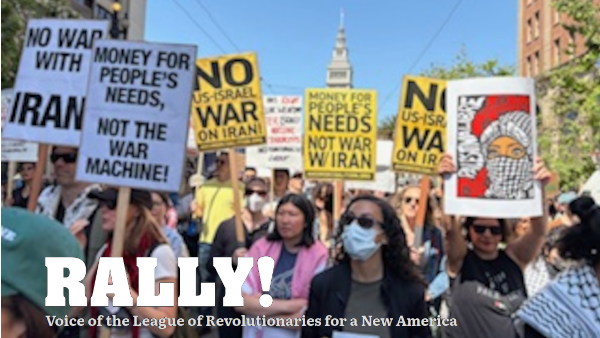













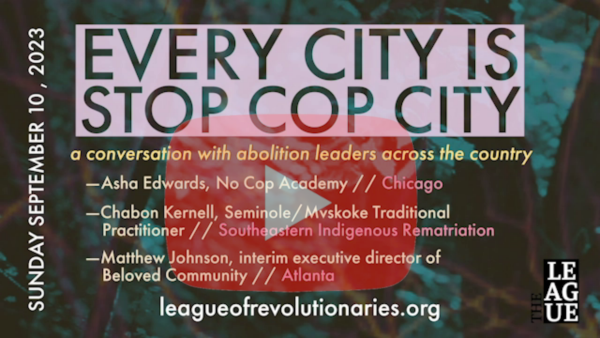



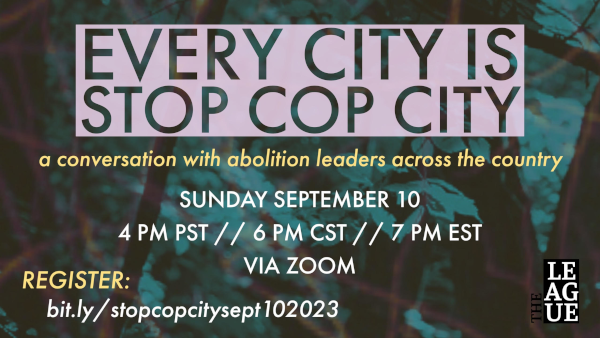
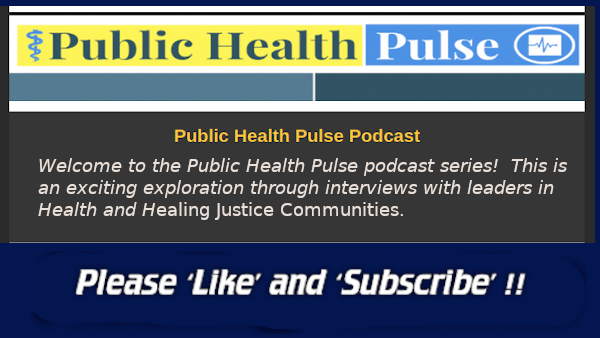



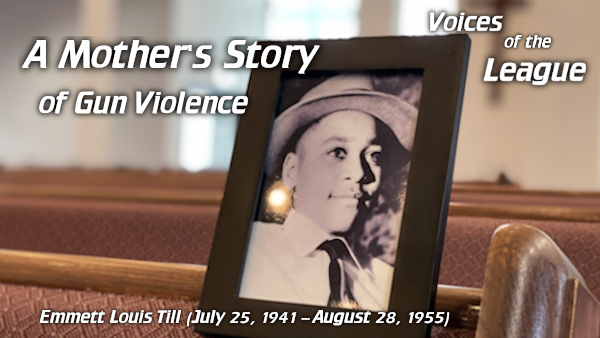

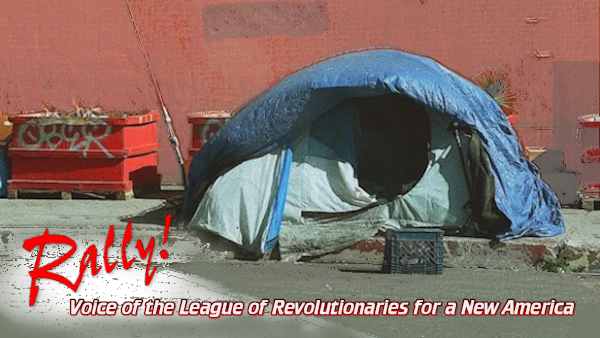
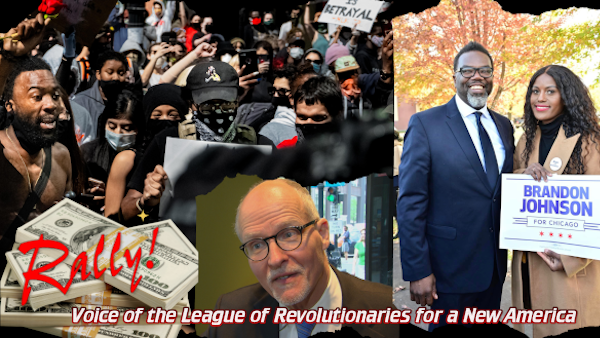
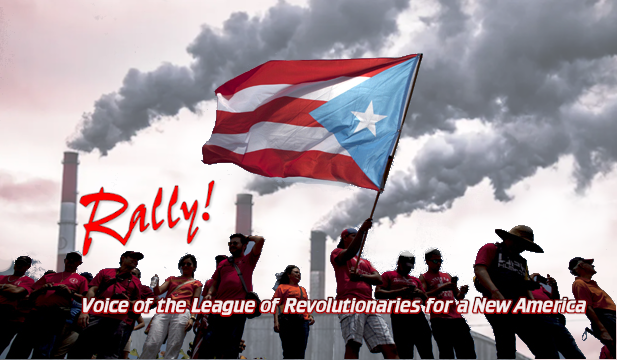
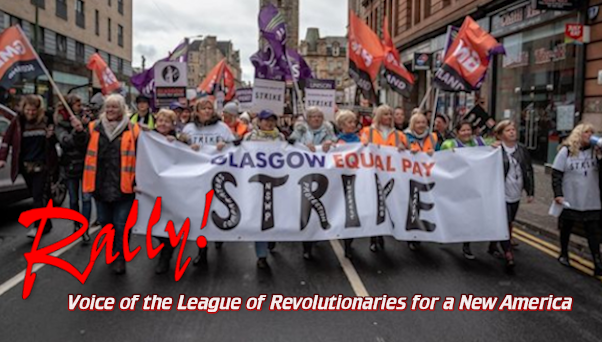
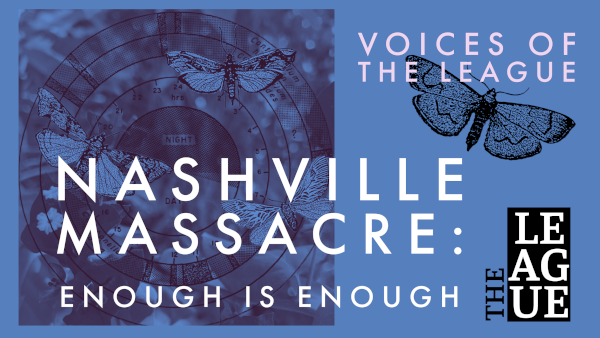
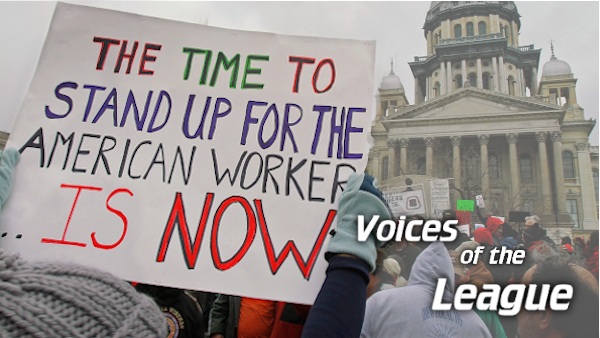
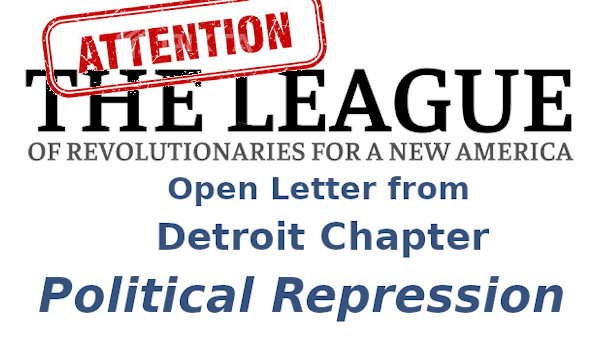



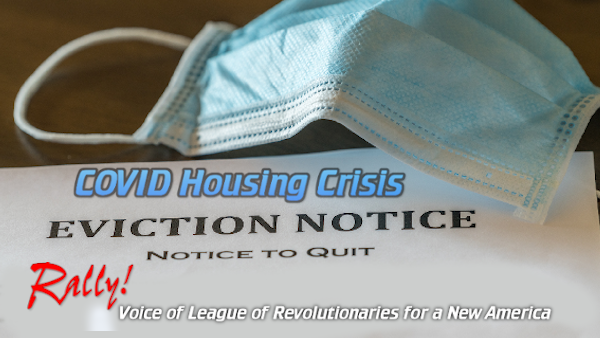



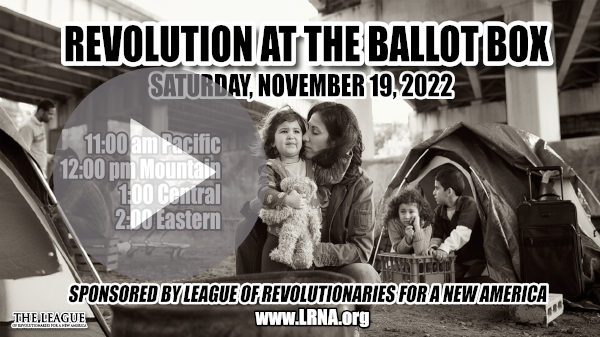




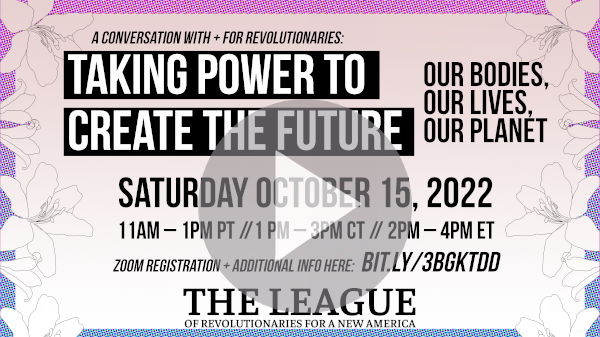





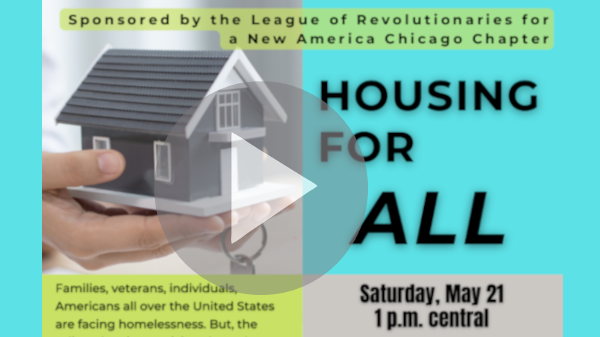



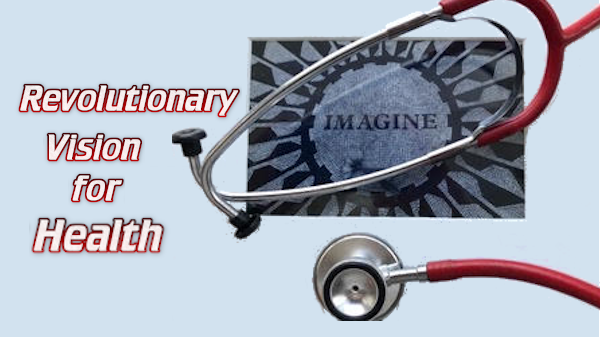


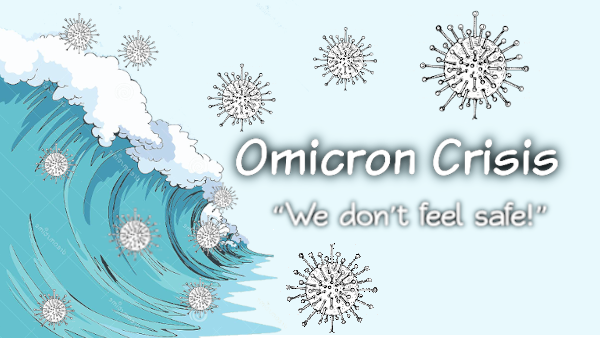









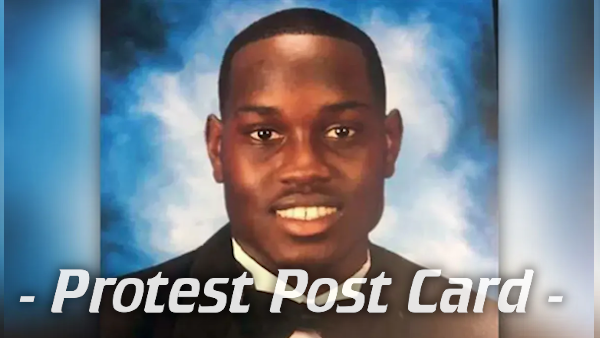
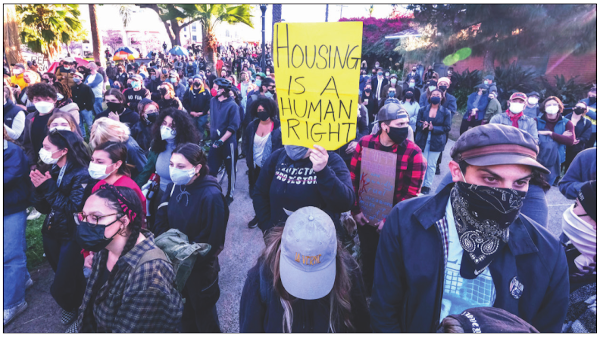




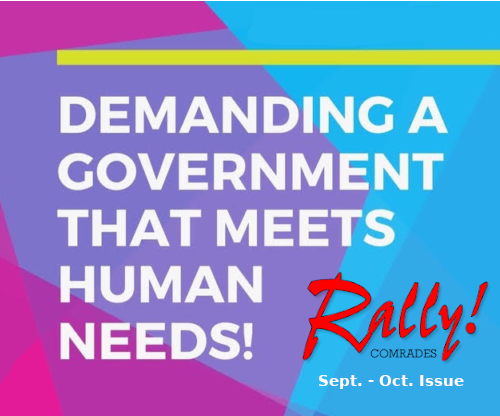
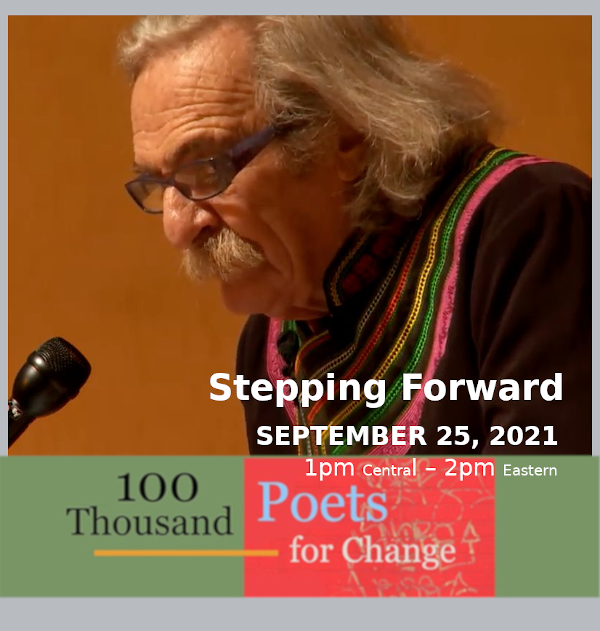




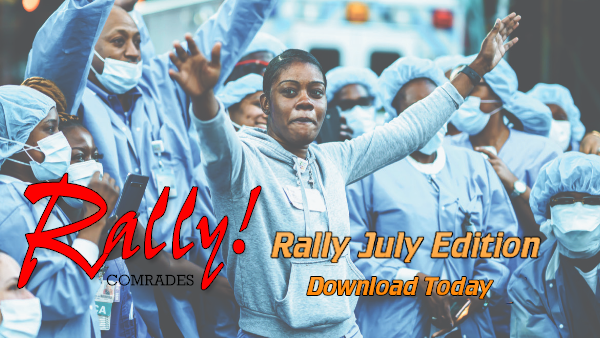
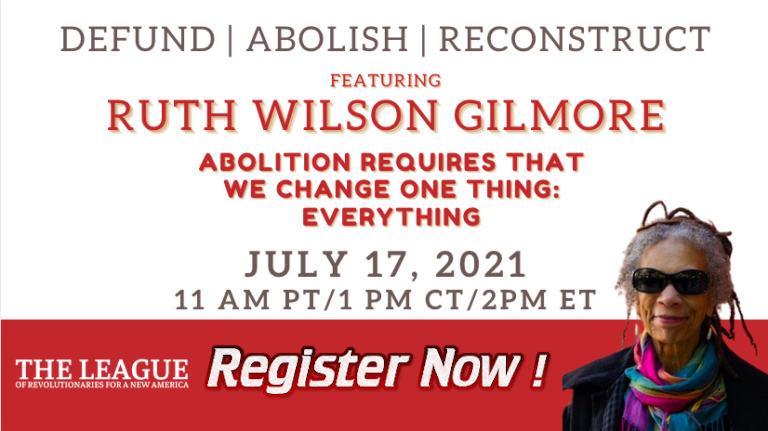
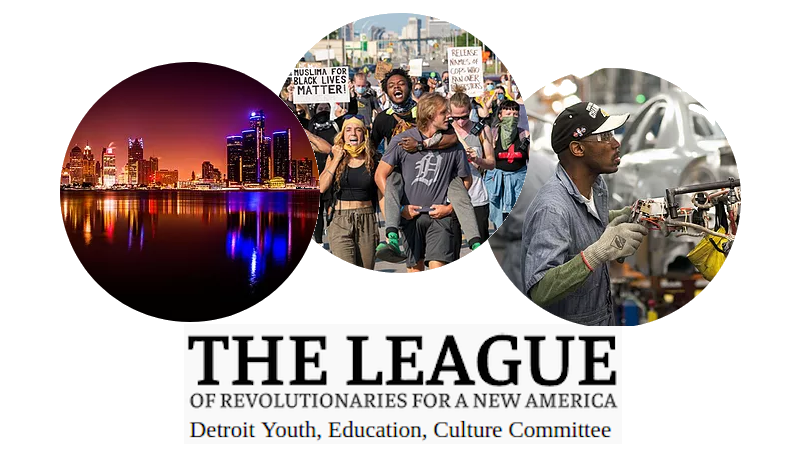

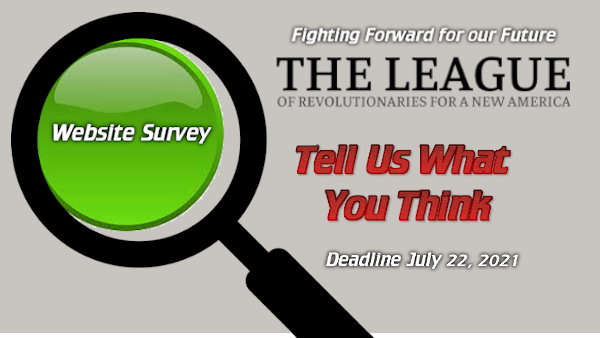
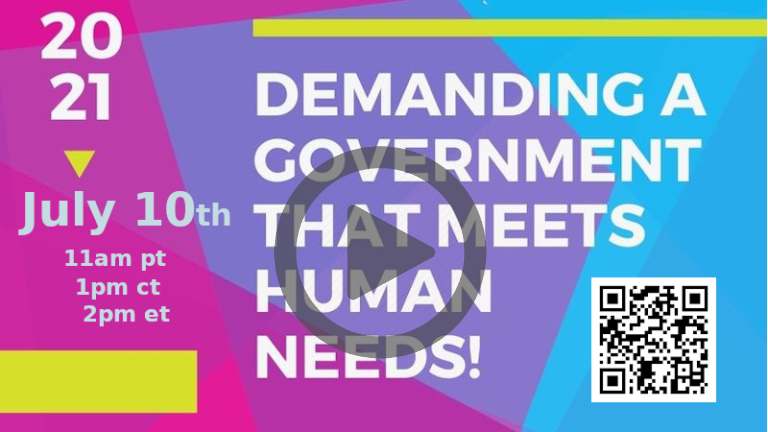



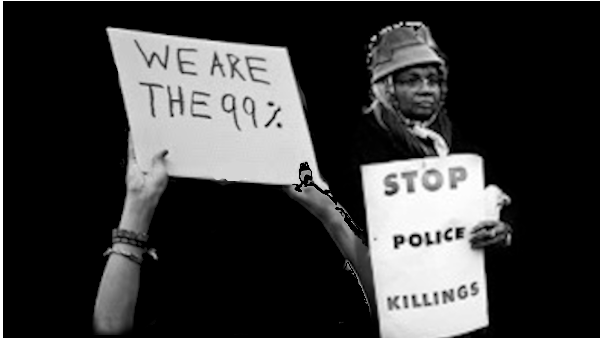
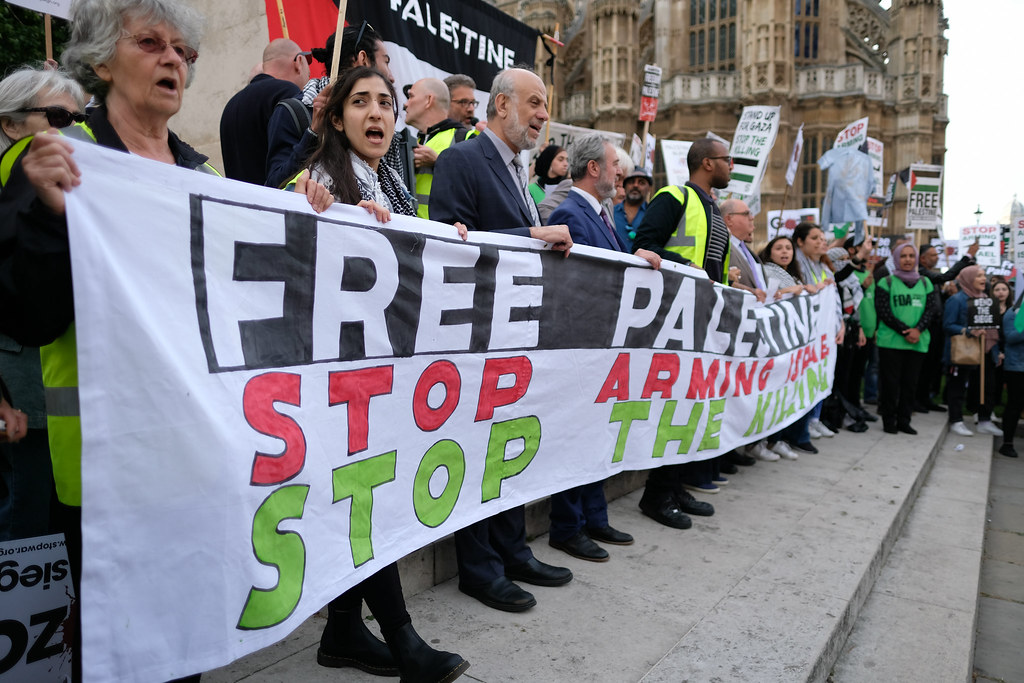





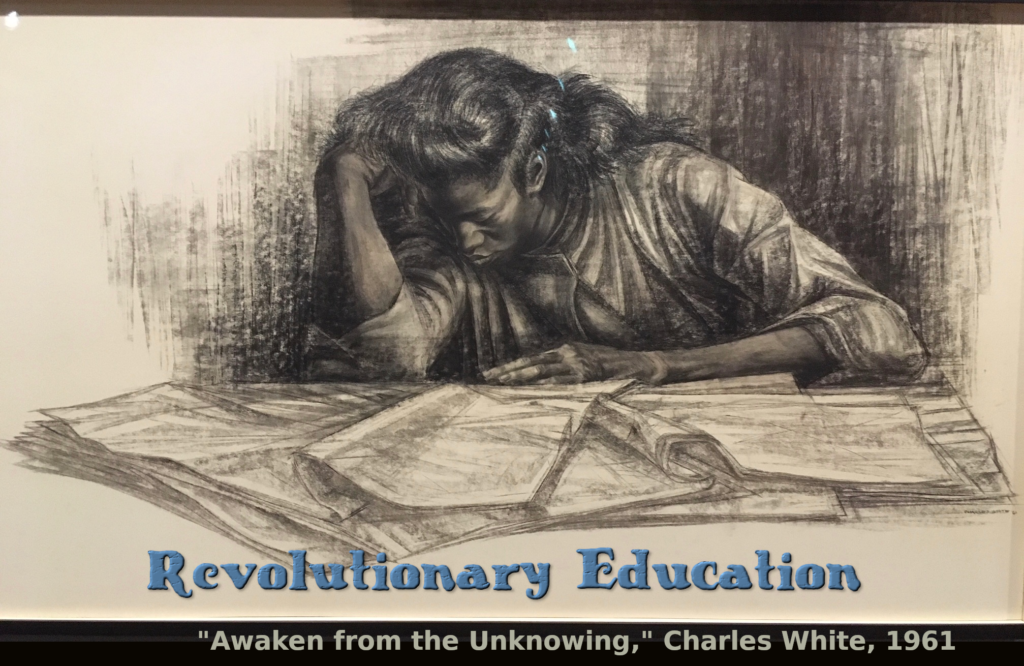


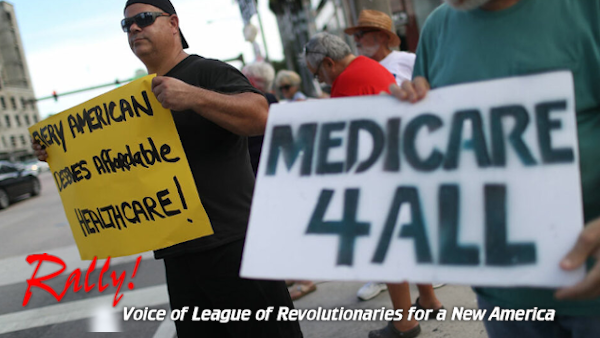

Keeping pace with regulatory changes can be challenging, but Iraq Business News highlights new laws and policies that impact business operations, ensuring you remain compliant and competitive
The platform not only delivers breaking news but also features in-depth analyses and opinion pieces, ensuring that readers are well-informed. Check out the latest articles on economic policies and market developments at Iraq Business News.